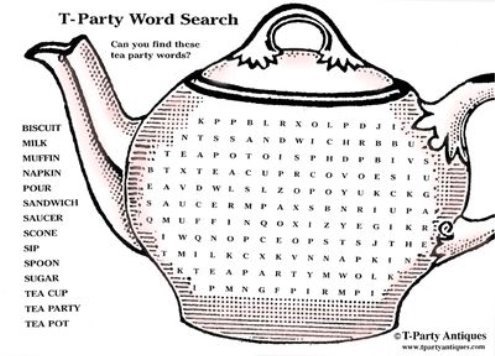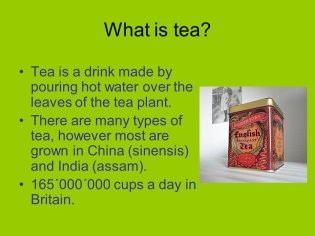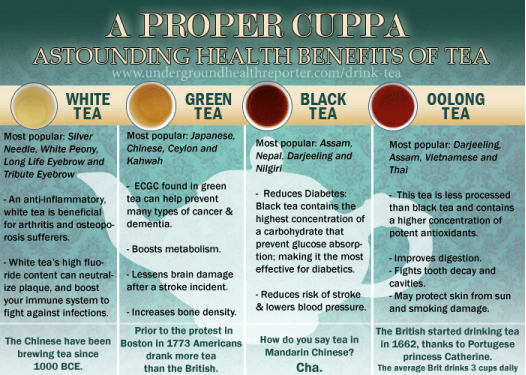Урок на тему " Чай. Чайні традиції"
Урок на тему: "Чай. Чайні традиції" для учнів старших класів. Мета уроку познайомити учнів з різними сортами чаю та розвивати усне мовлення учнів.
Тема: Tea. Tea traditions. Чай. Чайні традиції.
Мета:
- освітні - познайомити учнів з різними сортами чаю, способи його заварювання, алгоритмом приготування чайного напою;
- корекційно - розвиваючі - коригувати увагу учнів, розвивати усне мовлення, сприяти формуванню та розвитку пізнавального інтересу учнів до предмету, сприяти розвитку зорового і слухового сприйняття, корекція і розвиток емоційно-вольової сфери.
- виховні - виховувати моральні якості особистості, такі як гостинність, працьовитість, прищеплювати повагу до національної культури; виховувати самостійність.
Обладнання: комп’ютер, відео, деякі візуальні матеріали, роздаткові матеріали.
Хід Уроку
І. Підготовка до сприйняття іншомовного мовлення.
1. Greeting and aim. Привітання й повідомлення теми та мети уроку.
T: Good morning, dear pupils. I hope you are very well today.
The children should watch the tea-related videos: https://www.youtube.com/watch?v=BvdYte8Pods
Tea, tea, a wonderful drink,
The more you have, the more you think,
The more you think,
The better you write, so let’s drink tea
All day and night.
As you see, today we‘re going to speak about types of tea, in what countries does tea grow, and we will compare and contraste the tea.
2.Перевірка домашнього завдання. Check-on Homework
T: Now let’s check-on your homework
3. Warming up. Уведення в іншомовну атмосферу
Your task is to find tea party words.

Using proverb
-Do you agree that «A man without a mustache is like a cup of tea without sugar».
II. Основна частина
1. What is tea?

So, here is a selection of tea bags. Do you know where does it come from?
Do you drink it?
Do you know someone who drinks it?
What is it made from? Where does it grow?
2. Types of tea
1. The first one is English breakfast. One of the most common type of tea.It is black tea. English breakfast teas are typically blended with milk and sugar. This tea should be - strong, malty(солодовий) and the perfect start to the day.
2. Irish breakfast. |ˈaɪrɪʃ| Very strong. It is stronger than English breakfast tea. it is usually served with milk.
3. Earl Grey. Black tea+ bergomont oil
4. Oolong (ˈuːlɒŋ) is a traditional Chinese tea . Elegant tea, fermented. It can be sweet and fruity with honey aromas, or woody and thick with roasted aromas, or green and fresh with complex aromas.
5. Green tea. Originated in China, but its production has spread to many countries in Asia.
6. White tea. Tea with Indian spices. In a flavour characterized as "lighter" than green or traditional black teas.

3. Speaking
Did You Know?
Use cards to learn a few interesting facts about tea.
Fill a tea pot with Did You Know cards. Ask each child to pick a card at random and share the facts with the rest of the class.
# 1 All teas are made out of the same plant which is known as the tea plant or Camellia Sinensis. (This plant originated in China and it is cultivated there and in other Asian countries)
# 2 Tea shouldn’t be prepared with boiling water. (There are only a few varieties of teas to be prepared with boiling water. But most of the time tea should be brewed with warm water somewhere between 65 to 80 Celsius degrees. It is done this way to avoid the leaves to lose their natural flavor and aroma)
# 3 Tea leaves are reusable. багаторазово (We can reuse tea leaves, especially pu’erh’s and oolong can actually get better taste and flavor from steeping to steeping. The process of re-steeping certain tea leaves can reveal different and hidden flavor from the first preparation to the second and third one)
# 4 There isn’t such a thing as a diet tea. (Lose the myths about easily dropping off extra kilos with just the miraculous tea bags. Some of these don’t even contain real tea)
# 5 What is called ‘black tea’ in the United States is called ‘red tea’ in China.
4. Comparing and contrasting tea
- Use loose-leaf tea or tea bags. Make a list of all of the different types/brands of tea that the children know or have seen at home or while out shopping. Together investigate different teas and compare aroma, colour, appearance and texture. You may wish to tie this in with the (A) cards to help general discussion about taste and aroma.
Examples of questions to be answered:
• What colour is the tea?
• What does the tea smell like? Do they like the smell?
• What does the tea feel like? [e.g. rough, smooth, coarse, wet, dry, dusty, gritty, grainy]
• What does the tea look like? [e.g. size of leaves, colour, texture] They could sketch a picture or use sticky tape to attach a sample to their notes.
• Get the children to compare their notes and discuss findings. You may wish to conclude by asking them to rate the teas according to their preferred aroma. Ask them in groups/pairs to place a numbered label/card beside each sample, rating them in order of preference.
A:
|
Тhe name of the tea |
Colour |
Flavor (смак) |
Smell |
Appearance |
|
1. Lipton |
black |
robust |
delicious |
blackish |
|
2. |
|
|
|
|
|
3. |
|
|
|
|
Colour:
Black/green/yellow/white/oolong/red
Flavor:
Bitter/sour кислий/hot/robust міцний/ sugary/ tropical/ bright flavor яскравий аромат/ citrus flavor/ fruit flavor/ strawberry flavor/ rough грубий/ grainy зернистий
Smell:
Nice/ delicious/ disgusting/
Appearance:
Bright/blackish/light/dark/green/
4. Group work
T: Let’s make a poster a poster about that tea. We can create and decorate simple boxes to contain loose-leaf tea or tea bags. You must research the tea type and decorate the box accordingly.
Summing up
T: Our lesson has come to the end. What was the most interesting for you?
Analysis and evaluation of pupils.
Homework
Ask the children to look for tea in the cupboards at home.
Аdditional task:
Tea traditions
• Tell the children that tea is consumed all round the world, and that many cultures have tea ceremonies and rituals around growing, preparing and drinking tea. Examples are the Japanese tea ceremony known as the ‘Way of Tea’; the Chinese tea ceremony sometimes referred to as the ‘Art of Tea, and the British traditions of afternoon tea and high tea.
• Use the role-play area to explore and create different tea customs and traditions. Or to create a tea advertising.

про публікацію авторської розробки
Додати розробку
